Las Damas Ranch, Aldama County, Chihuahua, Mexico
Introduction
The Las Damas Ranch in Aldama County, Chihuahua, Mexico is owned and operated by Alejandro Carrillo. The ranch is located in the middle of the Chihuahuan Desert, about 250 miles due south of El Paso, TX. The ranch was purchased by Alejandro’s father in 1985 and consists of 30,00 total acres, of which 25,000 acres are grazable. There are currently three active generations on the ranch, consisting of Alejandro’s father, Alejandro, his wife, and his two daughters, Paula and Daniela.
The 50-year average precipitation for the Las Damas Ranch has been 10 inches annually. However, the last three years have averaged about eight inches per year. For most ranches in the area (operating conventionally), 150 to over 200 acres are required to support a single cow and calf unit. There is a short 2-3 month rainy season starting sometime in late June or July and extending into September. That is followed by an extended dry season. Temperatures can soar to 105 degrees F or higher in the summer months.
The entire ranch is operated as a dryland ranch with no irrigated meadows. The terrain consists of valleys with rugged canyons, mesas, and mountains, all located within the Sierra Madre Range. No hay is produced on the ranch as cattle are expected to graze year-round. However, some hay is purchased annually to support any animals that may be in the corrals from time-to-time.
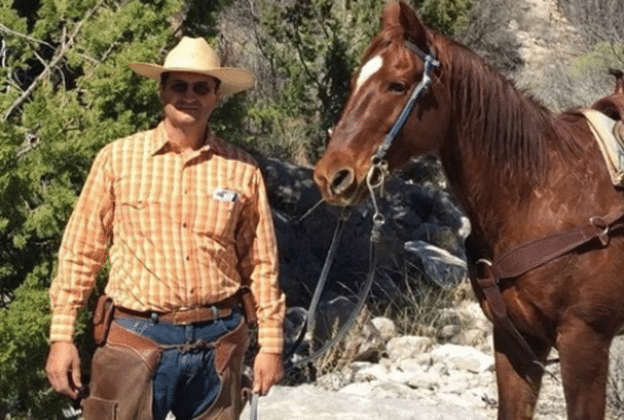
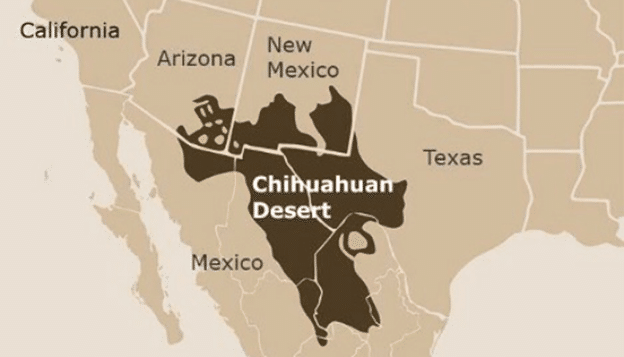
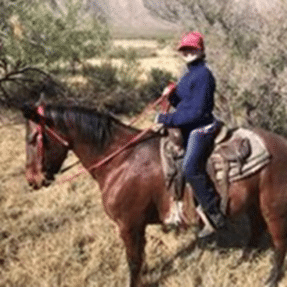
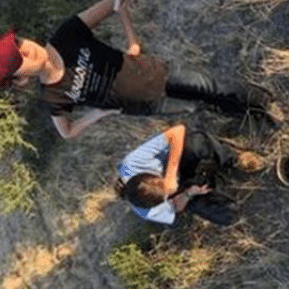
Transition Process
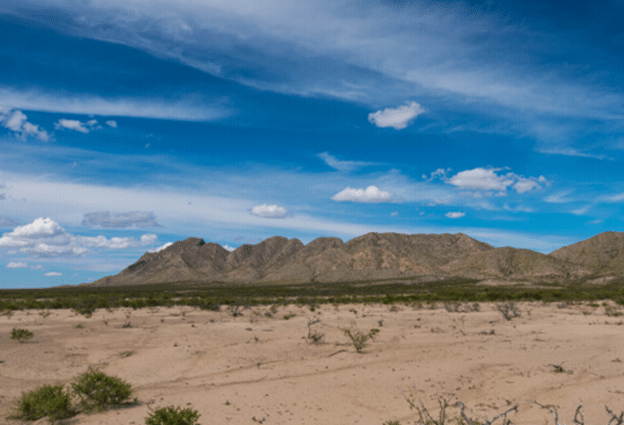
Early Years
From 1985 until 2006, the Las Damas was operated conventionally with three herds running on three separate areas of the ranch. Total number of cows on the ranch averaged about 200 head annually. The herds were allowed to continuously graze each area with just a handful of permanent pastures in place. In 2006, there were a total of 12 pastures across 25,000 acres. The pastures were both over-rested and over-grazed. The soils were being degraded further from their already degraded state.
During that time period, Alejandro attended a workshop on holistic management and decided to implement some of the principles he learned there.
By 2012, the Las Damas had installed additional permanent cross-fencing to form a total of 55 pastures on the 25,000 acres. The three herds were finally combined into a single herd and moved across the ranch every few days depending on available forage in any one pasture. Alejandro was still experiencing symptoms of over-rest and over-grazing with an average of a four-month rotation between the pastures. He was essentially experiencing rotational over-grazing. During this time, Jesus Almeida became a mentor to Alejandro. Jesus was one of the earlier adopters of adaptive grazing principles and practices. Alejandro was able to see what Jesus had accomplished on his ranch and that created a sense of hope and excitement in Alejandro. One of the most impactful statements that Jesus used to convince Alejandro to make the transition to adaptive (regenerative) principles was when he said, “Consider that when you fix the ranch it will give more years of life to you dad.” That one statement stirred Alejandro and transformed his thought process and management decisions.
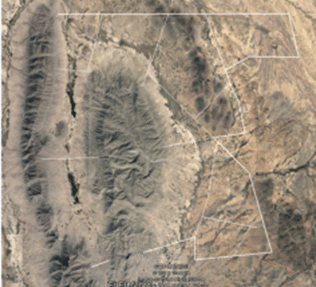
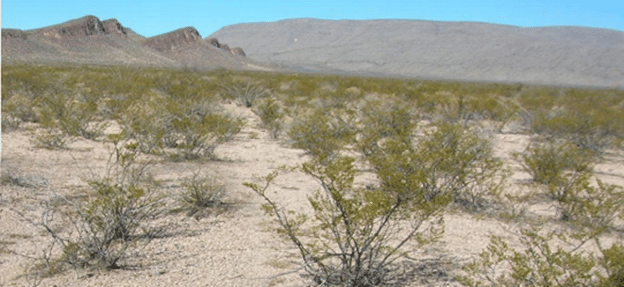
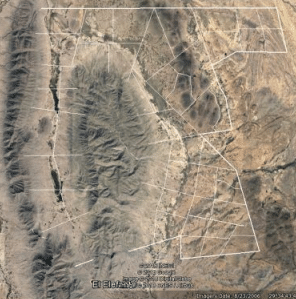
Transformation
After the introduction to Adaptive Grazing practices and regenerative principles, the Las Damas started making transformational changes, both in water and temporary fencing infrastructure, as well as in the productivity of the desert itself. By 2018 Alejandro had 300-plus pastures with a combination of both permanent cross fencing (most consisting of a single high tensile strand) and temporary polywire fencing. The grazing had become far less selective and cattle were being moved at least once daily to fresh paddocks. Rest periods for previously grazed pastures was extended to a minimum of 10-14 months between grazing events.
Fencing and Water
In the 2018 fence picture, the yellow lines represent single-strand high-tensile fencing and the red lines represent temporary polywire paddocks. They are now moving the cattle twice daily with 500 paddocks now available.
It is important to note that during this regenerative process, the Las Damas has not used any supplemental inputs for the cattle, with the exception of some supplemental sea salt minerals. No chemical or mechanical interventions were implemented to elicit changes in the landscape, nor was there any seeding of forage species. The tools used for the regenerative process in the desert were daily cattle movement, improved fencing, and the installation of additional water infrastructure.
The following diagrams to the right show the water installations that were constructed across the ranch. A total of 21 water reservoirs were constructed at higher elevations to allow for gravity water flow downhill to smaller water troughs. Each reservoir stores up to 40,000 gallons of water.
Then, 38 permanent water troughs were installed at the lower elevations, each with a capacity of about 2,500 gallons of water. This network of water, coupled with some temporary water troughs, allowed for far better distribution of water and adaptive grazing management. They have also become a huge draw for wildlife, providing more watering options for deer, birds, and many other species.
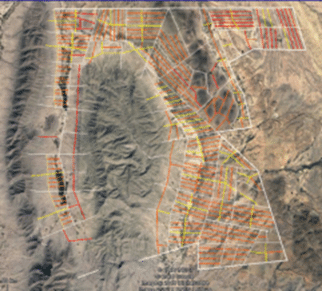
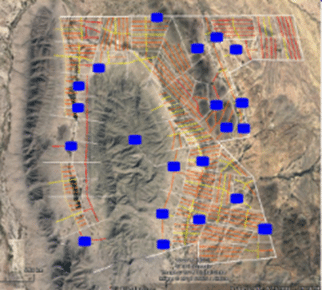
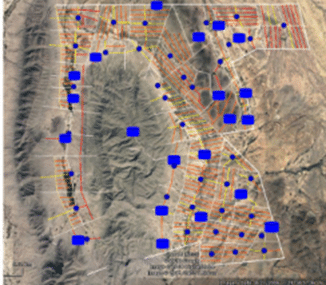
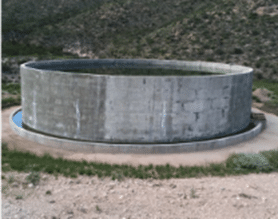
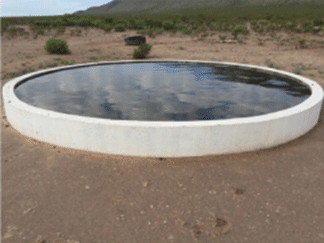
The Las Damas Today
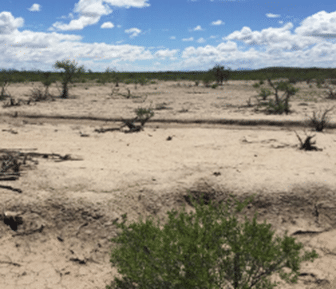
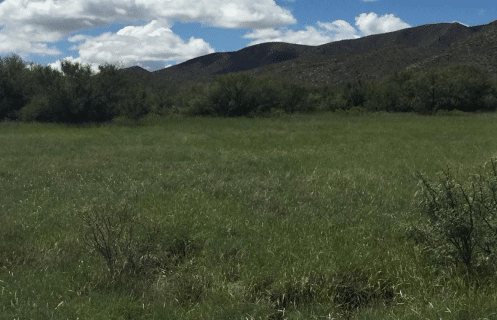
The photo to the right shows the state of the Las Damas Ranch today as a result of adaptive grazing practices and regenerative ranching principles. This is quite a contrast to the surrounding ranches.
In 2018, the Las Damas and the surrounding region received only six inches of rain during the primary rainy season. The pictures above show the contrast between the Las Damas and the neighboring ranch. Both ranches received the same six inches of rain.
Notable Improvements
There have been a number of significant improvements noted in the past 5-10 years.
These include:
• The ranch does not have to use any vaccination protocols as they are a closed herd and the health status of their cattle is far better.
• The only routine supplement used for the cattle is a mineral supplement.
• Selection and culling have produced a herd that is highly adapted to their environment and perform optimally within the harsh conditions of the desert.
• The ranch has tripled the number of cows they can run on the same acres. They were running 200 cows originally and now are running 600 cows with plans to further expand cow numbers.
• The original requirement for acres per cow ranged from 125 to 150 acres and now the acres required per cow is 42 acres.
• Prior to regenerative management the cows required supplemental feedstuffs from March through July of each year. Now there are no supplemental feedstuffs, just the mineral supplement.
• Annual mortality rates were above 10% and are now below 1%.
• The ranch now requires less labor to operate even though cattle are moved twice daily.
• Net revenue of the ranch has increased 350% with triple the cow numbers and a lower unit cost of production.
• The cost for investment in water and fencing infrastructure was about $40/acre
spread out over a period of 15 years.
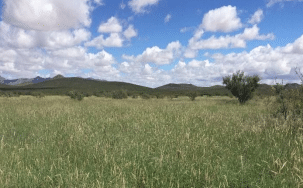
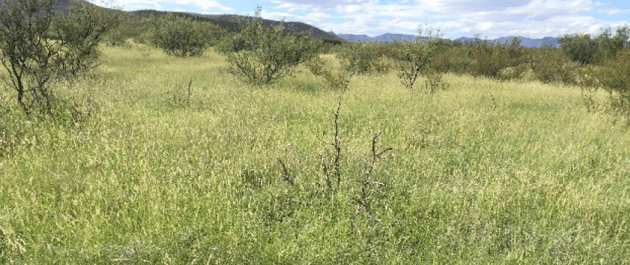
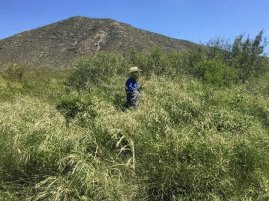
Interesting Observations
A crucial aspect of growing grass in the desert is the increased microbial stimulation resulting from the large grazing ruminants and the fertility they apply through their manure and urine. This fertility helps stimulate the soil biology and, in return, stimulates the growth of new grasses from the latent seed bank.
Another very important outcome has been the improvement on soil biology, which has had a significant impact on the actual physiology and morphology of the grasses. The picture at the bottom right shows Tobosa grass from the two neighboring ranches. The Tobosa grass (left side of picture) from the conventionally managed ranch is old and oxidized, with narrow blades. In contrast, the Tobosa grass from the Las Damas Ranch (right side of picture) is high in nutritive value and has distinctly wider blades with more total forage biomass production.
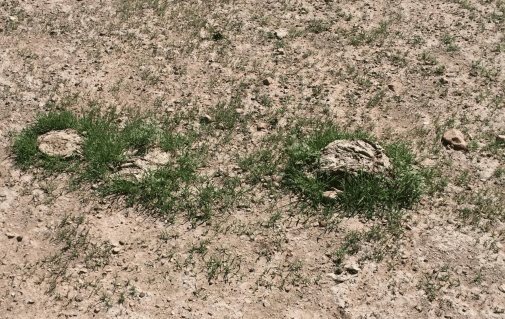
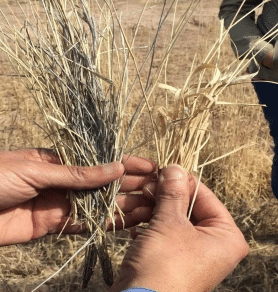
Cattle Genetics
It is important to select for genetics that will work within the harsh environment of the Chihuahuan Desert. That means cows that have a moderate framed phenotype with good bady-capacity for forage consumption and conversion. The pictures below show ideal cattle phenotypes for the desert that were bred at the Las Damas Ranch.
Cattle that are suited to this type of environment will also learn to use the majority of the plant species growing in the region. Not only will they eat the grasses that are dominant in the region but they also learn to utilize even the cactus.
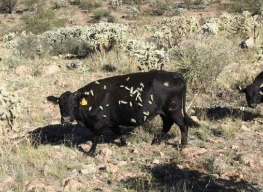
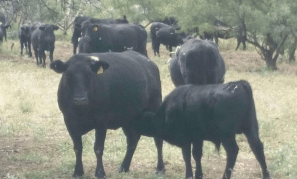
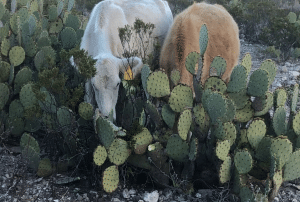
Observations and Summary
Noted Observations
• The cattle have a far better temperament and are easier to handle. They stay very calm.
• The ranch hands no longer have to herd the cattle. They simply lead them wherever they want them to go.
• The cattle are far more trusting. This improvement in cattle behavior was not believed by neighboring ranchers. Alejandro was told that what he has done could not be achieved.
• Everyone working at the ranch now has a sense of excitement. They are far more engaged and observant. The quick results keep them passionate and they work even harder to get more results.
• Team dynamics have greatly improved.
• Soil water infiltration rates have increased significantly. The Las Damas can now infiltrate water at a rate of 18-20 inches per hour. The neighboring ranch has an infiltration rate of only 2 inches per hour.
• Alejandro and the Las Damas are part of a broader regenerative effort in the Mexican Chihuahuan Desert that now covers more than 1 million acres of ranchland.
Lessons Learned
• Stop fighting nature and instead work with nature to elicit the desired results.
• Hang out with like-minded people.
• It is imperative to feed the “micro-herd,” or the microbes in the soil, in order to create more soil, promote life and improve water infiltration rates.
• Grow your mycorrhizal fungi population.
• Our understanding yesterday:
• Develop water and fence on worst areas first (i.e., bare ground).
• Use traditional barbed wire fence.
• Large pastures are necessary (>1000 acres).
• Our understanding today:
• Develop water and fencing on most productive areas first and grow impact out.
• Utilize portable electric fencing as much as possible.
• Use small pastures and paddocks with frequent movement.
• Divide and graze according to type of terrain.
• Use herding in addition to fencing to maximize impact in more rugged areas.
• Move cattle daily depending on forage quantity and quality.
• There are spots with grass and bare ground within the same pastures/paddocks, so timing of moves is dependent on total forage availability.
• If it has not rained enough for sufficient re- growth in a particular paddock, skip it and give it an extra rest period.
• Some areas are more highly productive due to rain patterns of extra humidity. They may also get more water from runoff from a hill or arroyo. These areas can be grazed twice per year and positively affect the plant species and their productivity.
• Most plants though will need a 12-month recovery period to thrive in the desert and fully recover their root reserves.
Summary
Regenerative management and adaptive grazing work sin any environment, even the harsh environment of the Chihuahuan Desert. The group of regenerative ranchers operating the Chihuahuan Desert have made significant progress as exemplified by the results presented here for the Las Damas Ranch. The ability to triple cow numbers on the same acres with the same rainfall is testament to the ability of nature to heal herself. In addition, the fact that Alejandro did not use any chemical or mechanical means to accomplish what he did, nor did he plant any seed, is further evidence that the simple use of regenerative principles and practices are more efficacious and far more productive in restoring a degraded landscape.

